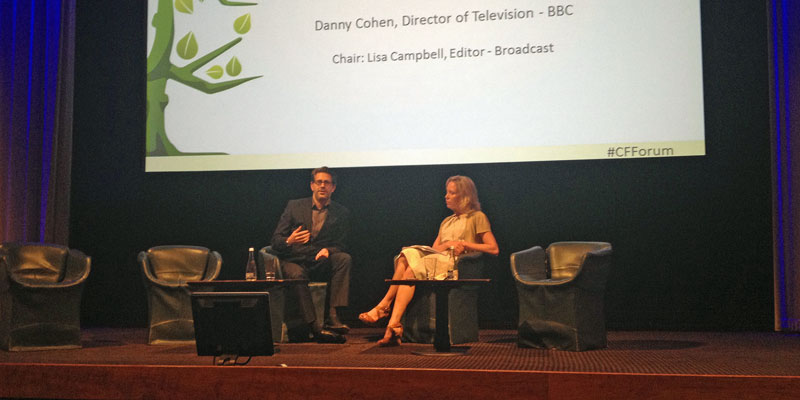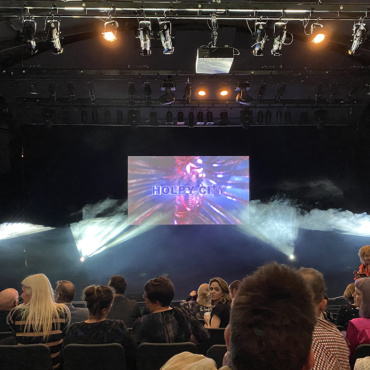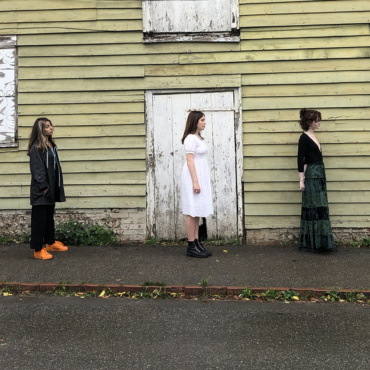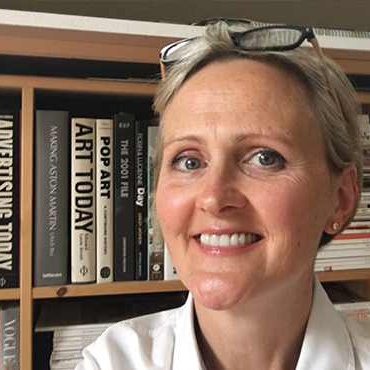 I suspect we were the only social media practice to attend the Broadcast Commissioning and Funding Forum on Tuesday at BAFTA – which was surprising given the amount of time given over to the digital environment and its effect on traditional “linear” TV.
I suspect we were the only social media practice to attend the Broadcast Commissioning and Funding Forum on Tuesday at BAFTA – which was surprising given the amount of time given over to the digital environment and its effect on traditional “linear” TV.
There was an impressive speaker line up from the big broadcasters: the top Televison boys at the Beeb (Danny Cohen), ITV (Peter Fincham), Sky (Stuart Murphy) and C5 (Ben Frow) – Murphy and Frow in particular gave highly entertaining accounts of what they do at their respective broadcasters.
C5’s Ben Frow hilarious. When asked which commissioner to approach he says “draw straws.. If it’s got sequins in it, talk to Greg” #cfforum
— LIBERTY842 Ltd (@Liberty842) July 2, 2013
Interesting to hear Danny Cohen say that “we’re fighting for screen time rather than TV audience time” in a nod to the multiplatform world.
And All3Media‘s Gary Woolf said that they are having to think about apps earlier and earlier in the development cycle. It may have been the calibre of the speakers, but we came away with the feeling that broadcasters and producers are trying to move towards a more integrated approach to multiplatform content. Less of a ‘bolt-on’ mentality – *hopeful face*.
Rachel Ball from YouTube gave a highly informative speech about how YouTube is working to encourage more content owners to use their platform “to make money” (through Content ID tagging and advertising). However, the big take out was that it’s unlikely that YouTube will continue to fund channels after the last round of funding which was aimed at proving YouTube “was a place for sustainable businesses” rather than a long term strategy.
Ball said that YouTube offers production companies “a chance to work in a retail environment… business to consumer”. Using Content ID, companies can track their own content and if others appropriate it, they can either block it, or collect data and ad revenue against it.
She spoke of the core YouTube audience as “Generation C… curation, creation, community and connection” and went on to say that “80% of millenials are members of Generation C”.
For production companies, Ball said that clips had found new life on YouTube and were particularly successful for chat shows, citing Ellen in the US as an example. Ellen’s YouTube channel has 5.9m subscribers and has been highly successful in using clips from the TV show to engage with audiences online.
Giving an on-the-ground account of creating content for YouTube was a panel of speakers: Zoe Collins from Fresh One (they’re behind Jamie Oliver’s FoodTube channel); Darren Devitt from the awesomely successful Machinima; Selma Turajlic from Little Dot Studios and Derren Lawford from youth engagement agency, Livity.
In creating content for YouTube, they agreed that the process was unlike traditional broadcasting. Collins said it was a “swift process” that had to strip back “fluffiness”. There’s no time for fancy title sequences or recaps – your audience is easily distracted by other content. It was, she said, “the audience’s channel” – they’re going to tell you very quickly what they think and “you need to tell them that you’re responding”.
On audience feedback, Machinima’s Darren Devitt said that they particularly monitor what’s said in the first two days of the video going up, and then again on day 24.
Whilst most said that YouTube wasn’t yet providing a real return on investment through advertising on the channel, sponsorship deals and product tie-ins seem to be filling the gap.
An interesting aside was discovering how many of the YouTube talent – “bedroom producers” – already have agents.
There was also a panel discussion about defining new audience relationships. They talked about the “rise of participation TV” and the all-important data that’s available at a fairly granular level from online platforms.
Zeebox’s Anthony Rose said that today’s “bunch of smart tech kids thinking up stuff around someone else’s show” was something that wouldn’t last. Ashley Mackenzie from rights management company Base 79 added that YouTube is a “performance based industry” as opposed to Television which was “brand-based”.
They spoke about marketing being “clip by clip” and Rose spoke about the power of ads synced to the second screen in line with what was being shown on broadcast TV.
There were some nice examples of better brand engagement, notably Ogilvy’s Ford tie-in for The Endless Winter and Chanel 4/Sainbury’s What’s Cooking.
All in all a really interesting day – though we would have liked to see more women speakers at these kind of events. Three out of 17 isn’t good enough.




